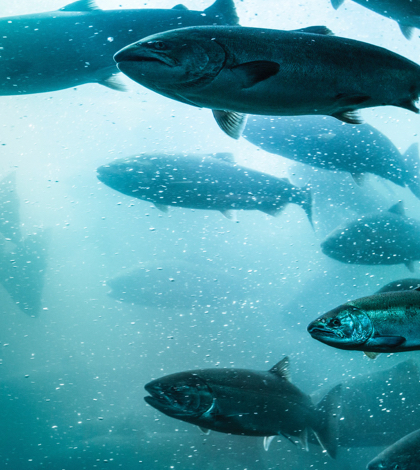Citing a primary goal to restore and improve the chemical, physical, and biological integrity of California’s water bodies by reducing levels of mercury, the State Water Resources Control Board adopted new rules earlier this week to protect the people and wildlife who consume fish from the state’s freshwater streams, lakes and rivers. “Beneficial use” definitions to protect California Native American cultural and subsistence fishing uses as well as non-tribal subsistence fishing uses have been established within the new rules. The new rules set protective levels of methylmercury in fish tissue and an implementation plan for achieving those levels.
Formed from inorganic mercury by the action of microbes that live in aquatic systems — including lakes, rivers, wetlands, sediments, soils and the open ocean – methylmercury in inland and marine ecosystems has been primarily attributed to anaerobic bacteria in sediment. Although mercury occurs naturally in the environment, mercury concentrations can exceed background levels due to human activities. Sources of mercury — gold and mercury mines; atmospheric deposition; industrial and municipal wastewater discharges, and urban storm water runoff are all sources of the potent neurotoxin that can enter surface water bodies and accumulate in fish tissue to levels that can be toxic to humans and wildlife.
“Fish like salmon, bass, sturgeon and other popular fish like trout are sought after as a key food source by California Native American tribes, and other groups that depend on fish for sustenance,” said State Water Board Chair Felicia Marcus. “Our goal in updating the rules is to more clearly identify who depends on such fish in their diet and where, and then focus our attention on what can be done to limit those exposures. Unfortunately, mercury can be found in many fresh water bodies in California, and are largely a legacy of the Gold Rush era, and difficult to resolve. Longer lived fish, like bass and sturgeon, tend to accumulate the most mercury.”
Inasmuch as fish consumption studies indicated higher consumption rates for some groups than were used in U.S. EPA’s 2001 recommended mercury criteria, the U.S. Fish and Wildlife Service found that U.S. EPA’s 2001 mercury criteria, if applied, would no longer be protective of certain threatened or endangered species present in California. Additionally, new statewide mercury water quality objectives for human health were needed to update the level of protection for recreational consumers of fish. State Water Board staff conducted numerous outreach activities throughout the state to solicit input and public comment on the new rules since 2013. Input was sought from native American tribes, environmental justice groups, environmental organizations, water purveyors and the public
The Water Board has now established “water quality objectives” or the established safe consumption levels for fish that are known to have accumulated mercury. The objectives are based on consumption rates for three populations that are at a higher risk of exposure to mercury because they depend on these fish as a regular part of their diet: recreational sportfishers; non-tribal subsistence fishers; and California Native American Tribes that subsist on locally caught fish.
The rules also establish two water quality objectives designed to protect wildlife from the harmful effects of mercury. One limit is based on consumption rates of wildlife that prey on fish species with elevated mercury and depend on them for a significant part of their diet. The other limit pertains to the consumption rates of threatened or endangered species, such as the endangered California least tern.
The rules also include a program of implementation and determining limits for waste water dischargers, pollution prevention activities for urban storm water, and focuses on controlling sediment from non-point sources particularly in areas known to be contaminated by mercury to achieve the water quality objectives.
 California Water News Daily Your Source For Water News in California
California Water News Daily Your Source For Water News in California


